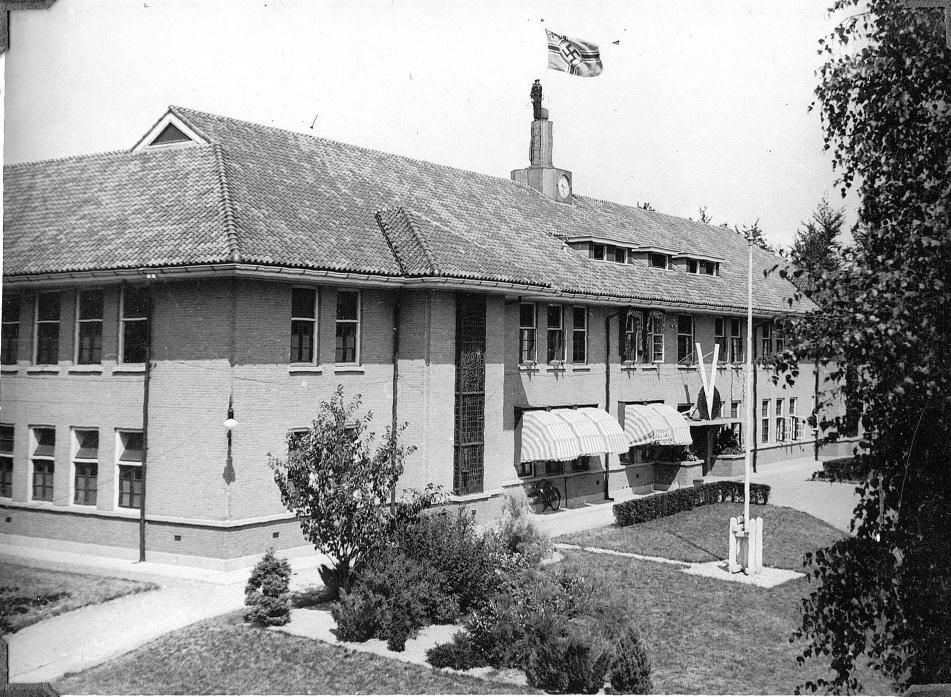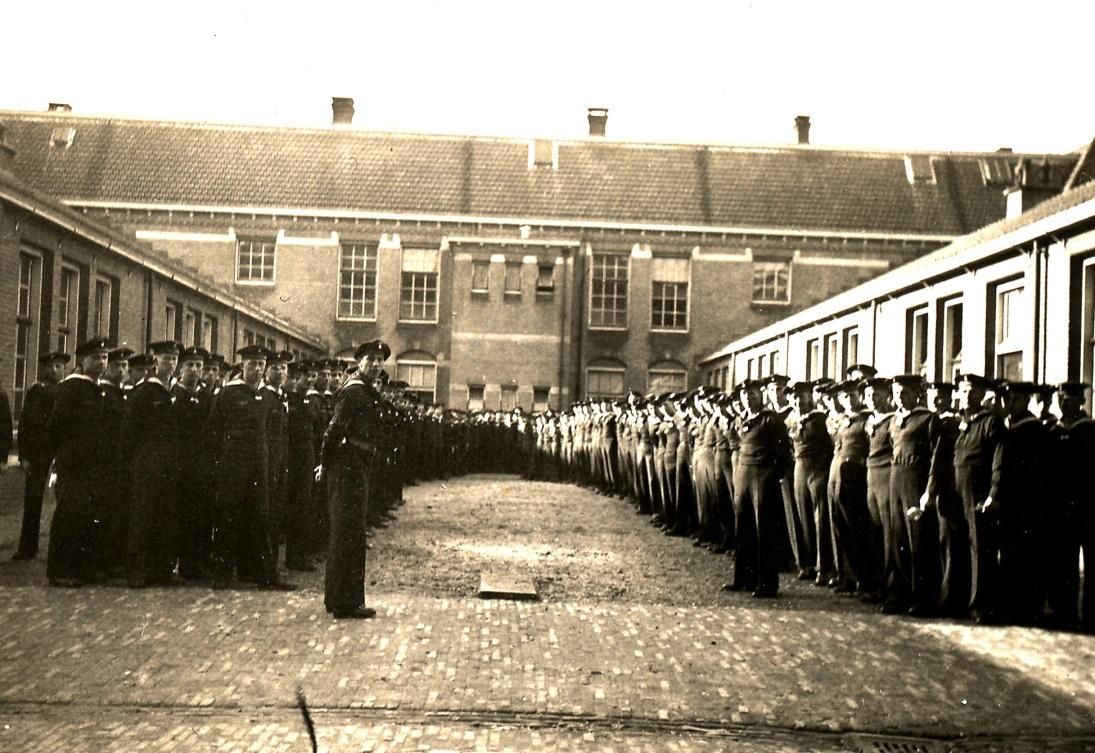1940 - 1945: German troops in the Ede barracks
On 10 May 1940, the German army invaded the Netherlands. Despite resistance by Dutch hussars to the east of Ede, the town fell into German hands on the evening of 10 May. In the following days, the Dutch army continued to put up fierce resistance to the west of Ede, at De Klomp and on the Grebbeberg hill. Bombardments aimed at German troops from the Grebbe Line caused considerable damage in Ede and Lunteren. On 15 May, the Dutch army surrendered and the German occupation began, which was to last for five years.
German army units began moving into the various Ede barracks as early as 12 May 1940. Most of the seven barracks, built between 1904 and 1940, were then given new German names. Simon Stevin Barracks was renamed Langenberg Barracks. This complex had almost been completed and construction was finished under German authority. Elias Beeckman Barracks retained its name. Both barracks were occupied by the Waffen-SS (special German military units whose members were fanatical adherents of the Nazi ideology).
Ede Barracks
Why exactly were military camps and barracks set up in Ede?
After the introduction of compulsory military conscription in 1901, various military camps and barracks arose in the vast Veluwe region. The Veluwe was appealing because of the cheap land prices, the low population density (limited nuisance), the accessibility via the existing roads and railroads and most of all the proximity of the extensive training grounds.
More about Ede's barracks

